The muted Fall colors of 2018
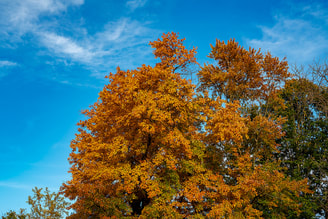
This observation peaked my interest and I did some research. I found that even the papers had picked up on the “muted fall colors”. They gave as an explanation- ‘the wet summer’, and left it at that, without digging a little deeper. Did the trees really react only to a lot of rain and turned the trees rusty and watered down? It did not explain why the reds are missing. And was the rain the only factor? Here is what I found out.
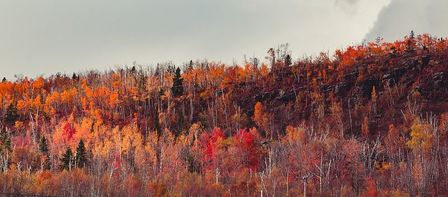
However, this year, it has been widely reported, that the colors were very muted throughout the region. Our first thought was how disappointing! But it was just a wasted day or weekend for us locals. What about the tourists though, who travel great distances and use up valuable vacation time, to make that perhaps once in a lifetime trip? Could they have planned around what would be a disappointing trip ahead of time? What conditions might predict a lackluster Fall show?
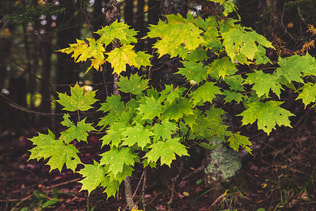 The color of the maple leaves is muted.
The color of the maple leaves is muted. How can we predict a
disappointing color foliage this year?
For plants, light is food! They use it to turn water and carbon dioxide into sugars. For this they have a blue-green pigment called phytochrome, which regulates various developmental processes. It signals growth mechanisms in the Spring, and tells the plants when to flower and set seeds in the Fall, as the nights get progressively longer.
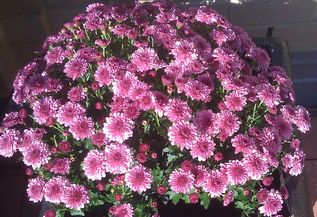
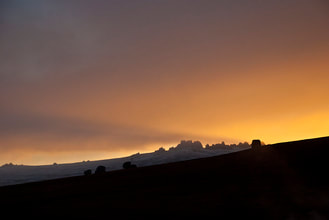
Leaf physiology is driven by how the many pigments (e.g- carotenoids for yellows and oranges, and anthocyanin for reds) contained in each leaf, react to the different color frequencies in sunlight. All of these are present in the green leaf that you see in the summer, but they are masked by the chlorophyll. Nevertheless, they are all still there, driving the many different mechanical processes of the plant. So it makes sense, that over the Spring and Summer, how much and what light frequencies are being absorbed, will affect the health and mechanical workings of the plant. And this will be due to the prevailing weather, before Fall even begins, with its own weather and solar effects.
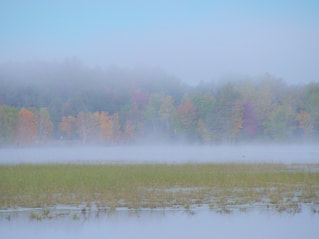
Long overcast weeks will affect the light frequencies the forests are getting as well. So the various life sustaining machineries of the plant, provided by the leaf pigments, will be altered.
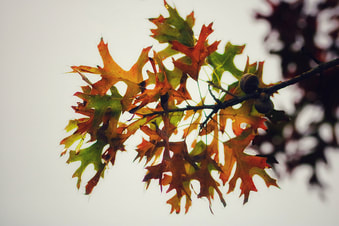
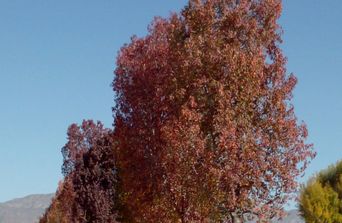
So what about this year- 2018?
Well, the entire region had record setting rainfalls and prolonged wet spells and cloud cover. Indeed, the southern U.S. received record floods. Record monthly rainfalls were common throughout the eastern part of the country. The late Summer was unseasonably mild, as was September and October as well. Understanding the science behind the Fall colors, then seems to confirm that people’s disappointment in the colors this year, was justified.
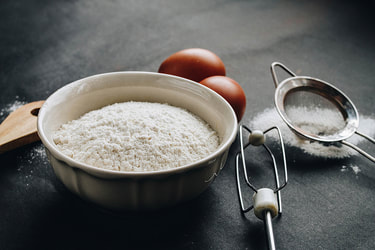
So how should we try to predict the Fall show? Well watch the weather in the region in which you are interested, starting in the Spring and monitor it through the Summer. High rainfalls and mild temperatures will be discouraging omens. If the outlook is for a mild, wet September and October, then perhaps your plans should change.
It is a little like baking a cake. You need the correct ingredients to start with in the Spring when you are making the dough.. Then you add to them in the Summer, with heat and the right amount of moisture. In the Fall, the ‘baking’ is completed with a warm base and cooling air. In the end, you have a tasty and colorful cake! (Or not if you didn’t follow the recipe!).
For the best Fall colors, look for average or at least seasonable temperatures, and sufficient - but not excessive, rainfall, leading into the Fall. in the area you are visiting. Sunny and mild afternoons, with cold nights as the season begins in the area, are the recipe for the most vibrant colors.
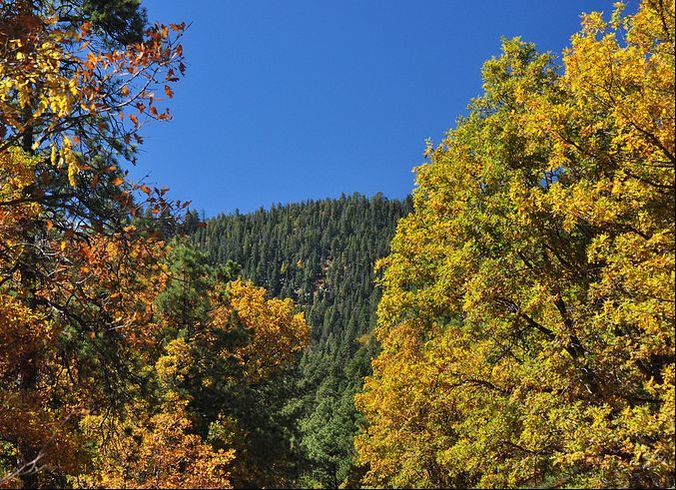
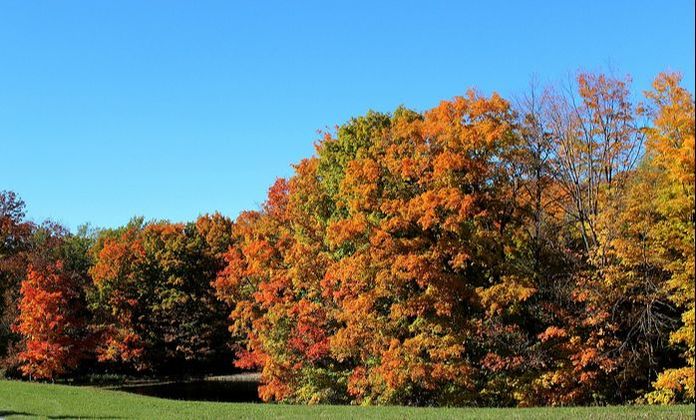
 RSS Feed
RSS Feed